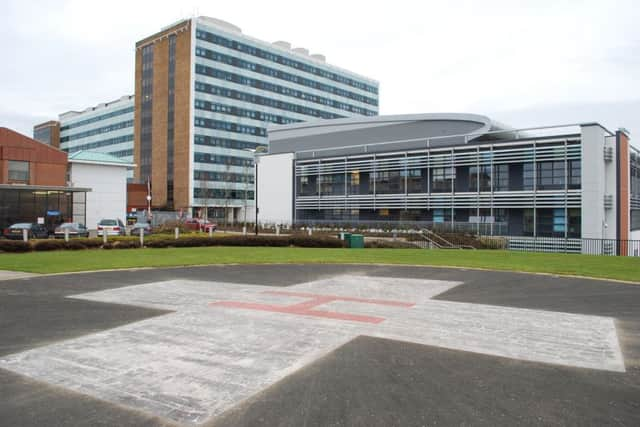A&E doctor's summer safety advice for kids


Dr Brendan Lavery, Consultant in Emergency Medicine based at Altnagelvin Hospital, said that most A&E attendances for children happen at this time of year.
He said: “Summer is a great time for children and young people to get out and be active especially in the good weather and long evenings. By following simple safety steps some incidences can be avoided to ensure children have a fun-filled and safe summer.”
Advertisement
Hide AdAdvertisement
Hide AdThe Western Trust’s Emergency Department (A&E) has issued the following guidance on how to help make sure children stay safe this summer:
• Protect children from excessive exposure to sun - especially from 12 noon to 4 pm. Use a sunscreen with a Sun Protection Factor (SPF) of 15 or higher and drink plenty of fluids.
• Never leave children unattended in or near the water. Wear flotation devices at all times. Empty paddling pools or water play toys after use.
• Make sure children always wear a helmet and elbow and knee pads when riding a bicycle or scooter, Heeleys, rollerblading or skateboarding.
Advertisement
Hide AdAdvertisement
Hide Ad• When setting up play equipment make sure that there is plenty of space around the equipment and keep clear of walls and fences.
• Supervise children using play equipment, making sure children stay clear of the front and back of swings and limit numbers using bouncy castles or trampolines.
• Keep children away from areas where any lawn mowers are being used.
• Minimise the risk of bee and insect stings by having children wear shoes and light-coloured clothing. Use insect repellent sparingly on older children and never on infants.
Advertisement
Hide AdAdvertisement
Hide Ad• Keep children from playing near barbecues and bonfires and always have water present when fire is involved.
• Strap children in a properly fitting seat belt, car seat or booster seat when travelling by car or aeroplane.